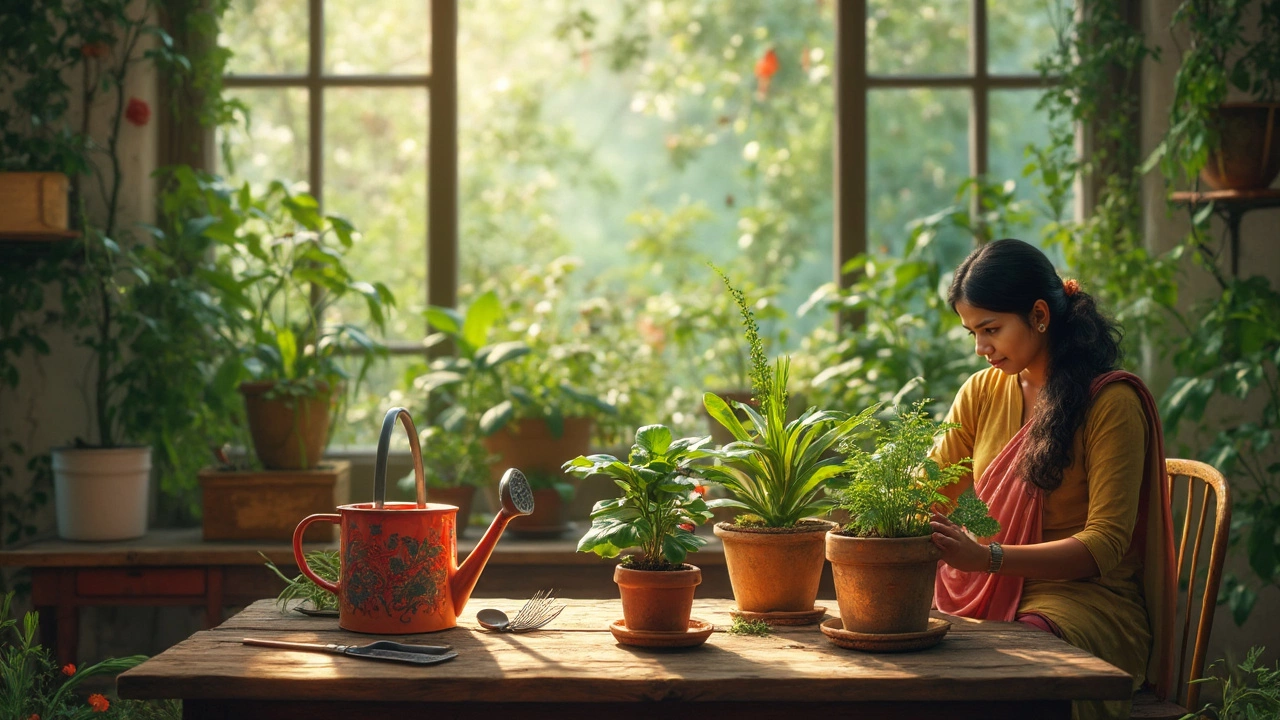National flower India – Symbol, Culture, and Gardening Insights
When you hear National flower India, the official emblematic bloom that represents India's cultural heritage. Also known as India's national flower, it stands for purity, resilience and spiritual balance in art, festivals and everyday life. The flower that earned this honor is the Lotus, Nelumbo nucifera, a water‑loving plant thriving in rivers, ponds and wetlands across the subcontinent. While the lotus holds the national title, each Indian state also celebrates its own state flower, a unique species that reflects local ecology and traditions. Together these blossoms feed a vibrant floral market, a multi‑billion‑rupee industry powering festivals, weddings and export demand. Understanding how the lotus, state flowers and the wider market interconnect helps gardeners, growers and cultural enthusiasts see why these blooms matter beyond decoration.
Why the lotus matters today
The lotus isn’t just a pretty face; it’s a keystone species in Indian water ecosystems. Its ability to filter pollutants makes it a natural ally for sustainable agriculture, a point highlighted in many of our guides on eco‑friendly gardening. The plant’s large, waxy leaves create shade that reduces evaporation, while its roots stabilize soil—features that align with the principles of no‑till gardening and soil health. Across the country, festivals like Kumbh Mela and Durga Puja use lotus imagery to convey spiritual purity, reinforcing the link between culture and horticulture. Meanwhile, state flowers such as the Rosa indica in Punjab or the Hibiscus rosa‑sinensis in Kerala showcase regional biodiversity, encouraging local seed saving and community‑based cultivation programs. The booming floral market capitalizes on these symbols, driving demand for both traditional cuts and modern hybrids, a trend we explore in articles about high‑demand flowers and easy‑to‑grow varieties.
For anyone looking to grow a piece of this heritage at home, the lotus offers a surprisingly approachable entry point. Start with a shallow container, add a layer of heavy clay soil, and submerge the rhizome just below the water line; the plant will send up pads and blooms within weeks. Pair it with other state flowers—like the fragrant jasmine of Karnataka or the bright marigold of Tamil Nadu—to create a mixed pond garden that mirrors India’s floral mosaic. Such combinations support pollinators, boost biodiversity and give you a living library of cultural stories. If space is limited, consider growing lotus cuttings in a decorative bowl, or experiment with hydroponic setups that mimic riverine conditions. These practical tips echo the broader themes in our collection: water‑smart irrigation, soil rehydration, and starter guides for beginners. By linking the iconic lotus to everyday gardening practices, you tap into a tradition that’s both ancient and forward‑looking.
Below you’ll find a curated set of articles that dive deeper into these topics—ranging from the economics of India’s flower market to step‑by‑step guides for container gardening and drip irrigation. Whether you’re a hobbyist, a small‑scale farmer or just curious about the symbolism behind the lotus, the posts ahead will give you clear, actionable insights backed by real‑world examples.
Discovering India's National Flower: The Lotus
The national flower of India is the Lotus, a symbol of purity and beauty that holds great cultural and historical significance. Found widely across India, this vibrant bloom isn't just visually stunning; it plays an important role in Indian traditions and art. As a seasonal plant, the Lotus thrives in wetland areas, making it a prominent sight during the monsoon. The flower is not just celebrated for its appearance but also for its ability to adapt and bloom in muddy waters, embodying resilience.
- manufacturing
- India
- food processing
- garden tips
- rice cultivation
- government schemes
- balcony garden
- urban gardening
- balcony gardening
- profitable business
- business ideas
- plastic manufacturing
- drip irrigation
- plant care
- steel manufacturing
- sustainable gardening
- startup ideas
- steel industry
- flower gardening
- textile manufacturers





